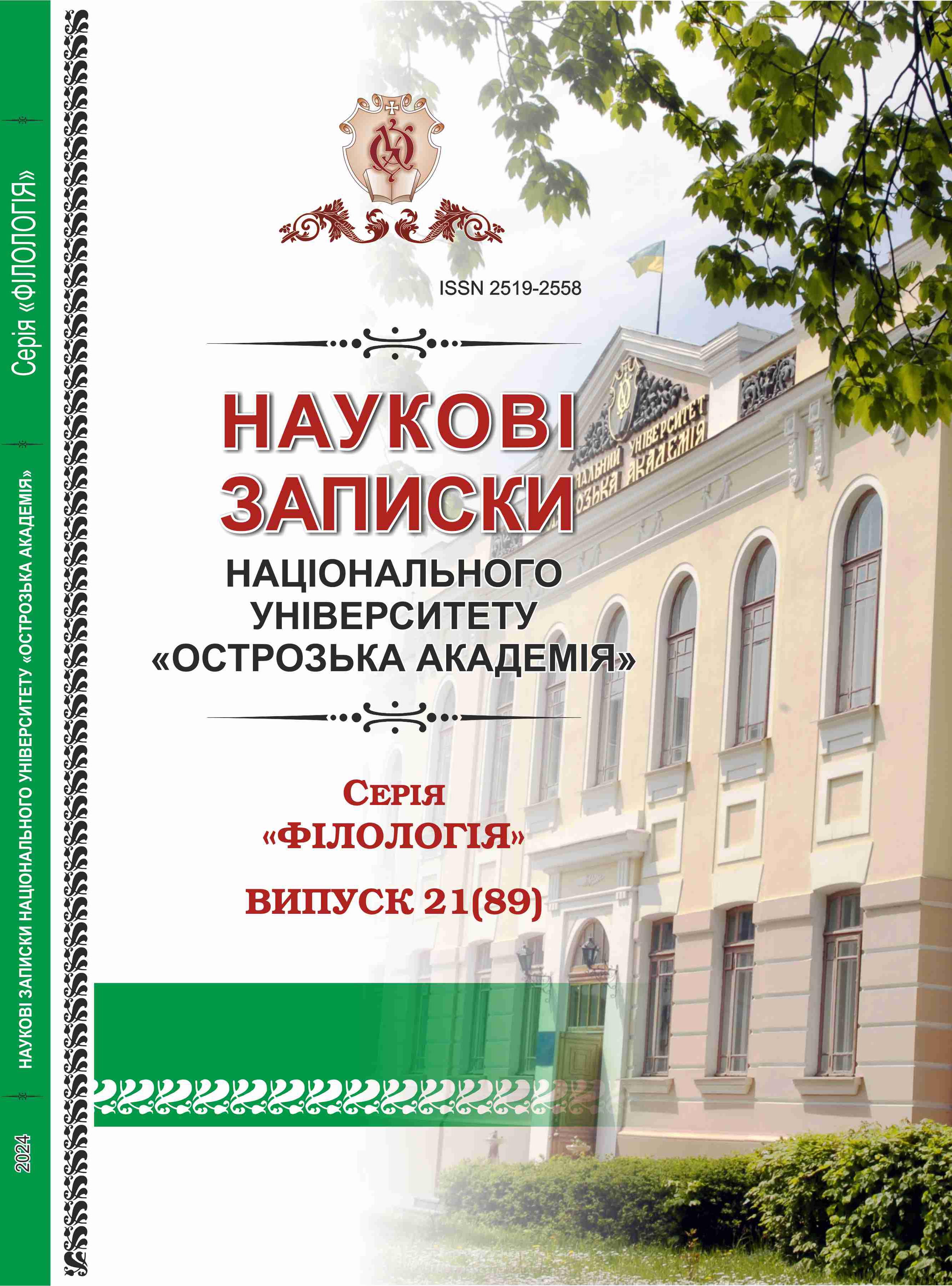FEATURES OF USING COMPARISON (SIMILE) IN THE CONTEMPORARY POLITICAL DISCOURSES OF THE USA AND THE UK
Keywords:
political discourse, comparison, simile, thematic groupAbstract
The article is devoted to the topical issue of the functioning of the stylistic device “simile” in the political discourses of the USA and Great Britain. Following the analysis of foreign studies, the authors of this article have clarified the concept of “simile”, outlining the fundamental difference between it and logical comparison. It is shown that there is no common approach to the definition of this stylistic device among scholars. It has been found that figurative comparisons differ in their structure. It is generalised that they should be differentiated into comparative clauses; comparative subordinate clauses; comparisons formed with the help of adjectives; comparisons formed with the help of proverbs and sayings; and extended comparisons. The article also outlines the main features of the political discourse of the USA and the UK, which are ideological, aggressive, theatrical, and antagonistic. According to the observation, similes in this type of discourse should be differentiated by thematic groups. It is noted that at present similes of military content have become more frequent. It is noted that the intentional aspects of using such comparisons are almost identical in both discourses. It has been proved that comparisons present in the political discourse of both countries are less frequent than other stylistic devices, such as: metaphor, epithet and others. According to the quantitative analysis, it has been found that the most commonly used comparisons in the political discourse of the USA and the UK are those, constructed with the help of conjunctions and connecting words, comparisons in the negative type of sentence and extended similes. The paper points out the debatable nature of the problem and the need for its further development.

